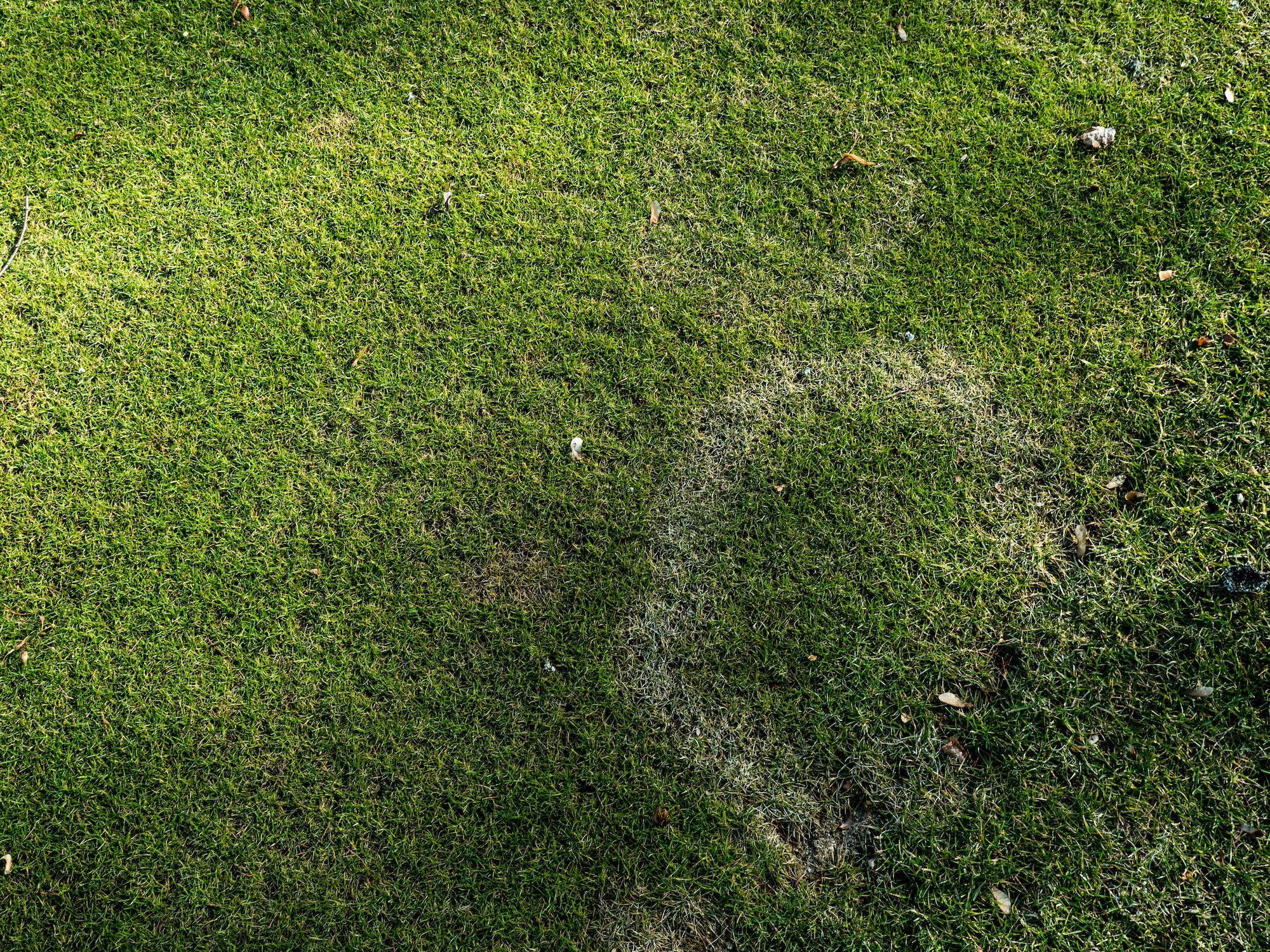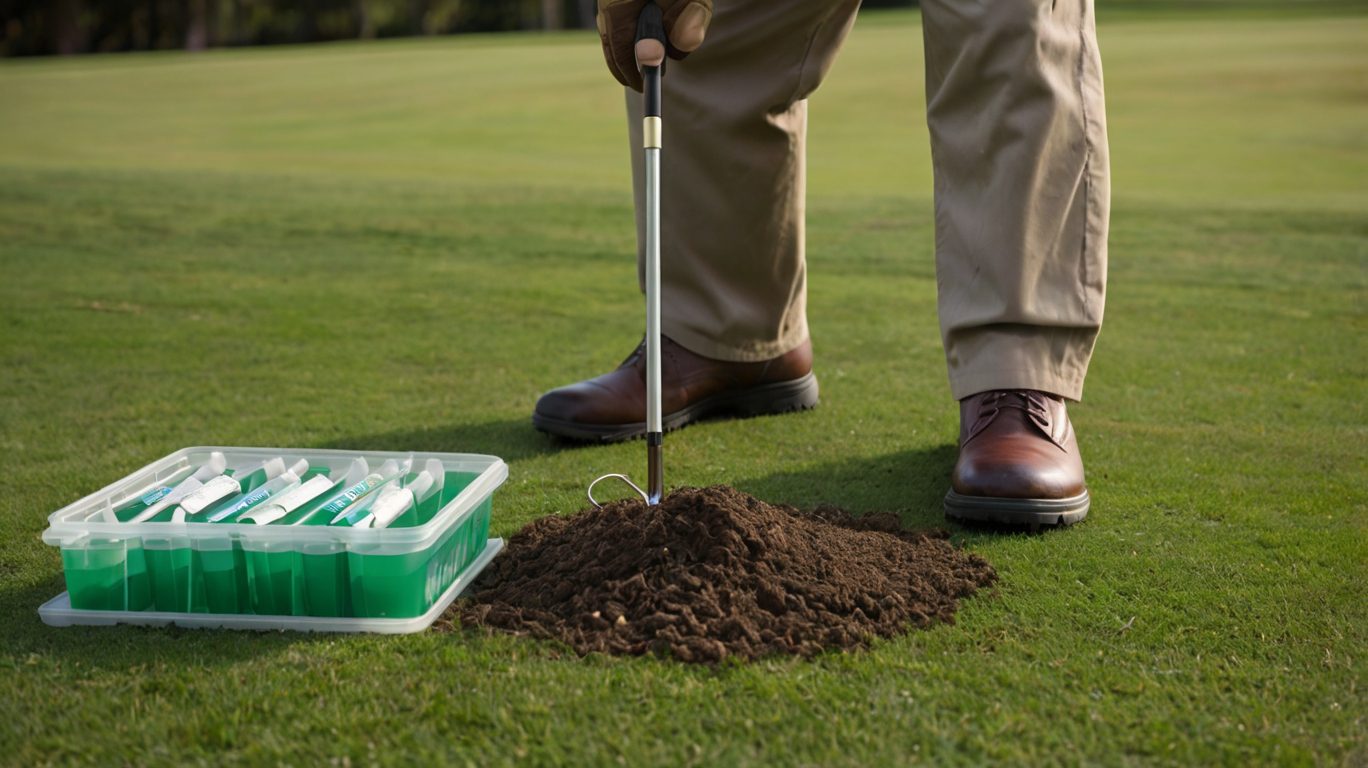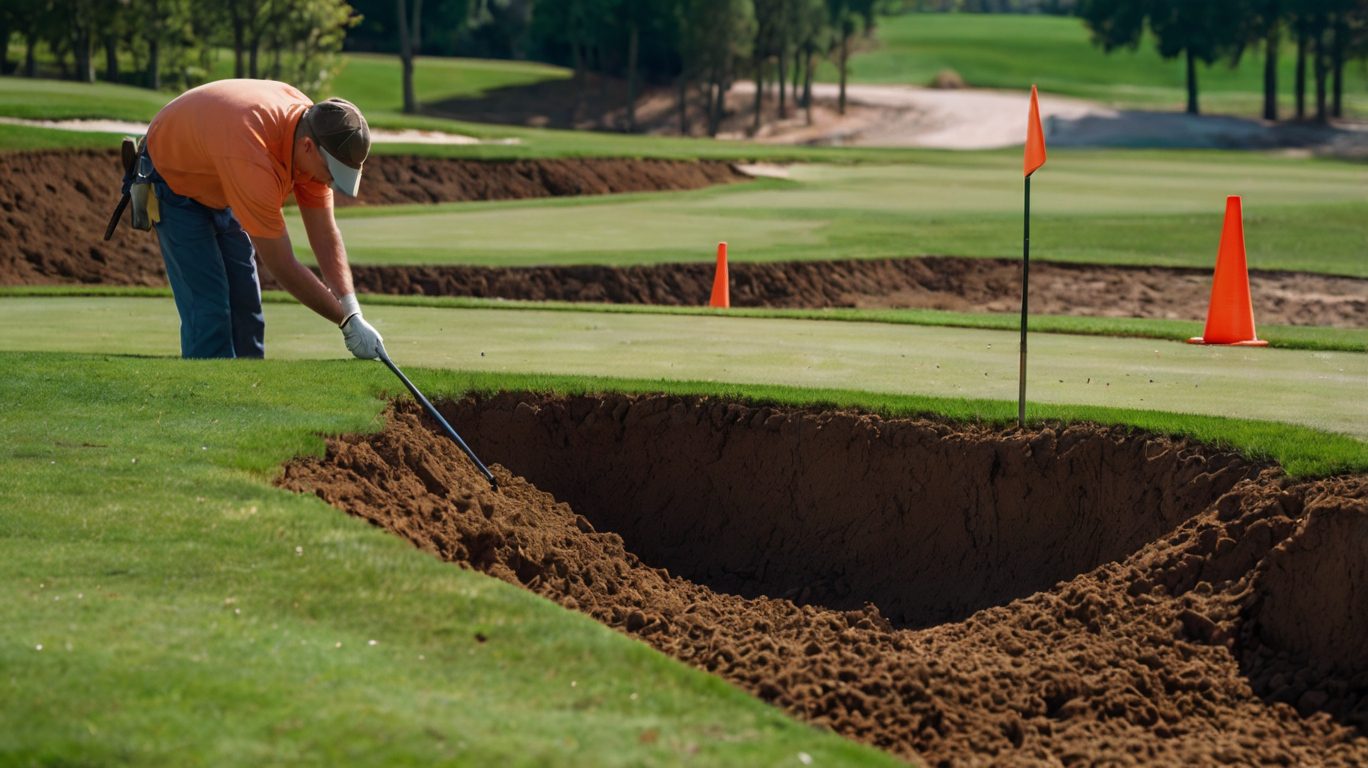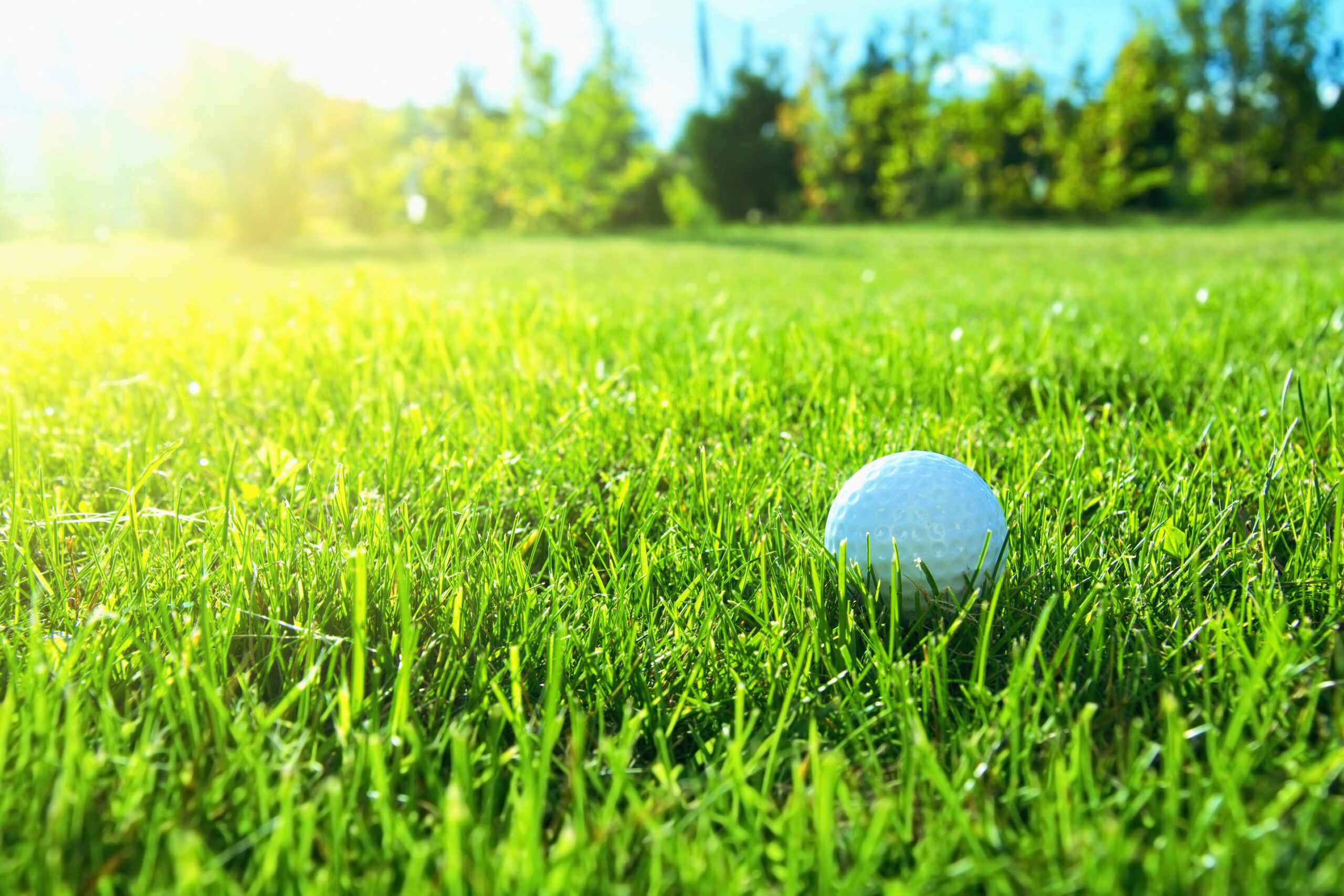As summer intensifies across the Northern Hemisphere, turf managers are already encountering signs of physiological stress and unexplained turf decline, particularly on creeping bentgrass (CBG) greens maintained at tournament standards. A subtle yet significant threat has re-emerged—bacterial decline, an often-overlooked, poorly understood condition that presents ambiguously and, without decisive action, can spiral into widespread turf loss. This article synthesizes the most advanced research from North and South U.S. perspectives, aligning it with real-time observations from TGM agronomy teams across Asia-Pacific. It is written to guide our clients through the technical realities of this emerging challenge and recalibrate maintenance strategies before irreversible damage occurs.
1. Pathogen Background: Acidovorax and the Shifting Etiology of Bentgrass Decline
The current wave of bentgrass decline is largely attributed to Acidovorax avenae, a bacterial genus once considered a fringe threat in turf pathology. Unlike the historically documented Xanthomonas translucens affecting annual bluegrass (Poa annua), this strain targets stressed creeping bentgrass, especially under intense summer heat, drought, and mechanical pressure.
The distinction is critical:
Xanthomonas causes classical bacterial wilt with diagnostic streaming and collapse.
Acidovorax-linked decline produces subtle chlorosis, leaf etiolation, and inconsistent necrosis, often misdiagnosed as Pythium blight, abiotic stress, or heat-induced wilt.
Notably, Acidovorax has defied Koch’s postulates—its presence in symptomatic turf does not consistently reproduce disease upon inoculation. This raises the complexity of diagnosis and calls for a systems-based management strategy rather than a singular curative.
2. Pre-Conditions and Agronomic Triggers
TGM teams have corroborated the predisposing factors with the latest academic findings. The disease is not randomly distributed; it arises in high-intensity environments where all three arms of the disease triangle (host, pathogen, environment) align under extreme stress.
Confirmed predisposing factors include:
Elevated canopy temperatures (>30°C) with poor nighttime recovery
Frequent mowing with dull or aggressive reels
Overuse of growth regulators (notably Primo, Cutless, Trimmit) that compromise recuperative growth
Low nitrogen fertility, particularly in sulfate or nitrate-deficient programs
Compounding root diseases (e.g., take-all patch, Pythium root dysfunction)
Water quality stress: bicarbonate buildup or sodium excess in irrigation sources
High traffic loads or concentrated wear zones
Critically, aggressive grooming practices during summer peak ET periods must be reassessed—vertical mowing, sand injection, and brushing under high VPD conditions appear to trigger symptom onset.
3. Symptomology and Diagnostic Confounders
What makes bacterial decline a management nightmare is its nonspecific symptomology:
Early stage: diffuse yellowing, primarily in low N zones or areas with poor air exchange
Mid-stage: isolated tiller dieback, chlorotic patches, sometimes etiolated shoots
Late-stage: wilt or death, often in streaks following mowing patterns
These symptoms overlap with:
Pythium foliar blight (especially in high humidity)
Anthracnose basal rot
Leaf etiolation due to overregulation
Abiotic wilt from shallow root systems or low CEC soils
Adding to the difficulty, few turf pathology labs are equipped to confirm Acidovorax via culture or PCR. (Notable exceptions: NCSU, Clemson, Purdue, URI, MSU.)
4. Bacterial Behavior in the Turf Micro-Environment
Unlike fungi, bacteria do not form mycelia or resting structures; they rely on:
- Passive entry via stomata or mechanical wounds
- Spreading via equipment, dew, and foot traffic
- Colonizing stressed, slow-growing plants with compromised immune systems
There is no proven seed transmission, although anecdotal suspicions persist. Instead, the emerging consensus is that Acidovorax is an environmental resident, opportunistically becoming pathogenic when turf physiology collapses under summer management regimes.
5. Field Trial Results: What Works, What Fails
Data from Clemson and University of Rhode Island (2012), verified by independent observations from Quail Hollow, Eagle Point, and Belfair, suggest that few products provide definitive control. The most effective approach is an integrated one focused on maintaining turf physiology.
Treatments evaluated every 2 weeks included:
- Chlorothalonil-based fungicides: Daconil Action and Daconil WeatherStik
- Stress mitigation tools: Chipco Signature (phosphite)
- Growth regulators: Primo Maxx, Cutless, Trimmit
- Antibiotics: Mycoshield (oxytetracycline) [Note: Illegal in most jurisdictions]
- Curative combinations: Chlorothalonil + Pythium control
Key Findings:
- Daconil Action + Chipco Signature combination provided the most sustained turf quality.
- High rates of Primo Maxx, Trimmit, and Cutless often worsened decline in heat stress.
- Mycoshield showed mixed results and is not a legal or sustainable solution.
- Programs with regular chlorothalonil applications outperformed untreated plots by 70–80% in quality retention.
6. TGM’s 2025 Summer Advisory: Actionable Recommendations
We are currently observing chlorotic decline patterns consistent with Acidovorax on greens at several courses in Vietnam and Southern China. Based on field research and active course monitoring, TGM advises the following:
A. Strategic Turf Physiology Management
- Cease vertical mowing or grooming if daily high temps exceed 33°C.
- Avoid overlapping PGRs during peak stress—limit Primo Maxx to 0.125 oz/1,000 ft² weekly.
- Maintain spoon-fed fertility, delivering at least 0.1 lbs N/1,000 ft² every 7–10 days using nitrate or ammonium nitrate sources.
B. Disease Suppression Program
- Rotate chlorothalonil products weekly:
- Daconil Action: 3.5 fl oz/1,000 ft²
- Secure Action (where labeled): can substitute in rotation
- Add Chipco Signature at 4 oz/1,000 ft² every 14 days for systemic support.
- Ensure tank mix compatibility when including phosphites or peptides.
C. Cultural Adjustments
- Sharpen mowing blades weekly; clean and disinfect reels nightly.
- Lightly mist greens during peak VPD hours (11am–2pm) to drop canopy temp.
- Utilize turning boards and alternate traffic patterns to reduce wear scars.
- Increase canopy airflow using fans where possible, or remove tree limbs shading greens.
D. Diagnostics and Monitoring
- Identify and mark suspect areas now.
- Submit symptomatic samples to TGM for pathogen screening in collaboration with approved pathology labs.
- Use NDVI drone imaging to track stress zones weekly.
7. Looking Ahead: Ultradwarf Transition Considerations
For clients in sustained high-heat zones, the systemic susceptibility of creeping bentgrass under current environmental shifts may necessitate future surface transitions. Ultradwarf bermudagrass offers proven resilience but comes with its own set of agronomic complexities. TGM is actively advising on such transitions in select regions—reach out for site-specific feasibility studies.
Final Thoughts
Bacterial decline is not a textbook disease with clear thresholds and curative treatments. It is a physiological unraveling, triggered when agronomic ambition outpaces biological reality. At TGM, we advocate science-backed decision-making—simplify your inputs, manage heat stress, and preserve turf resilience.
We’re seeing it now. Don’t wait until it’s too late.
– Thompson Golf Management | Summer 2025 Turf Advisory Team









